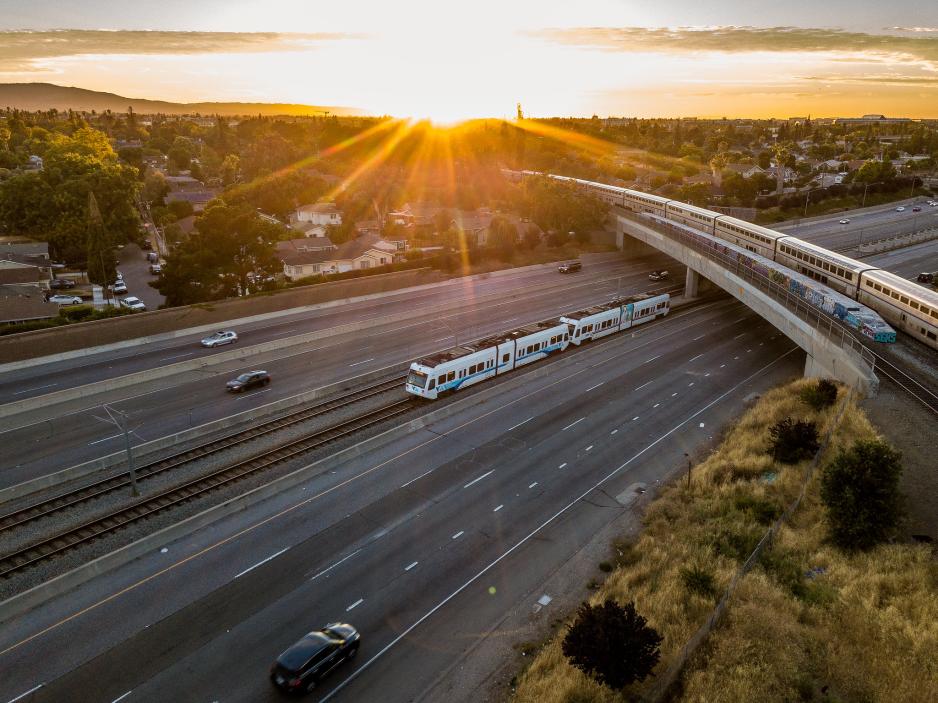Local jurisdictions play an essential role in the ultimate viability and success of rail transit. Rail service must be considered early in the planning process and reflected in General Plans, long-range studies, and specific plans. Strong policy support from local jurisdictions is important to establish transit-friendly land uses around station areas.
To effectively make transit an integrated community asset, planning and implementation efforts must be carried through to post-construction phases. Local policy support can come from the following key actions:
Consider Transit Early and Often
- Design land use plans around transit investment. For transit to be truly integrated, planning for infrastructure and facilities should be incorporated in local General and Specific Plans and be included in the earliest conceptual planning and design phases of development.
- If bus stops are not present near a proposed LRT station, consultation should be made with VTA staff to determine their locations and configurations.
- Sidewalk improvements and other pedestrian facilities that provide better access to transit can be programmed into capital budgets.
Promote Transit-Supportive Land Uses
- Local jurisdictions have the land use authority to bring transit-supportive land uses and densities adjacent to rail lines and stations.
- Jurisdictions can create favorable land use conditions for transit and other modes such as walking and biking by developing a framework and conditions that developers must work within to guide development so that when it does come it is in the right place and the right form to support rail transit.
- Well-designed high-density mixed-use developments not only make transit more viable, they can reduce or shorten auto trips and help make communities vibrant and livable.
Invest in Local Supportive Infrastructure
- Supporting infrastructure for rail transit with features such as enhanced streetscapes, continuous sidewalks, pedestrian-scale lighting and landscaping, well-designed shelters, and special station area amenities that reflect unique aspects of the surrounding community are vital for transit to become an effective and established community asset.
- Each station area environment has its own set of opportunities and constraints that are often best handled on a case-by-case basis.
- Jurisdictions are encouraged to work with local neighbors to expand their support and programs for amenities such as wider sidewalks, public art and public life activation, and landscaping.
Support Transit in Operations
VTA strongly recommends establishing transit first policies that favor rail and bus operations. Strong signal priority for transit operations in major corridors is essential for maximizing fast, frequent, and reliable transit. It improves operating speed, schedule reliability, and establishes a firm sense-of-place for transit. In corridors where buses and trains operate together, roadway operations should favor both transit modes.
